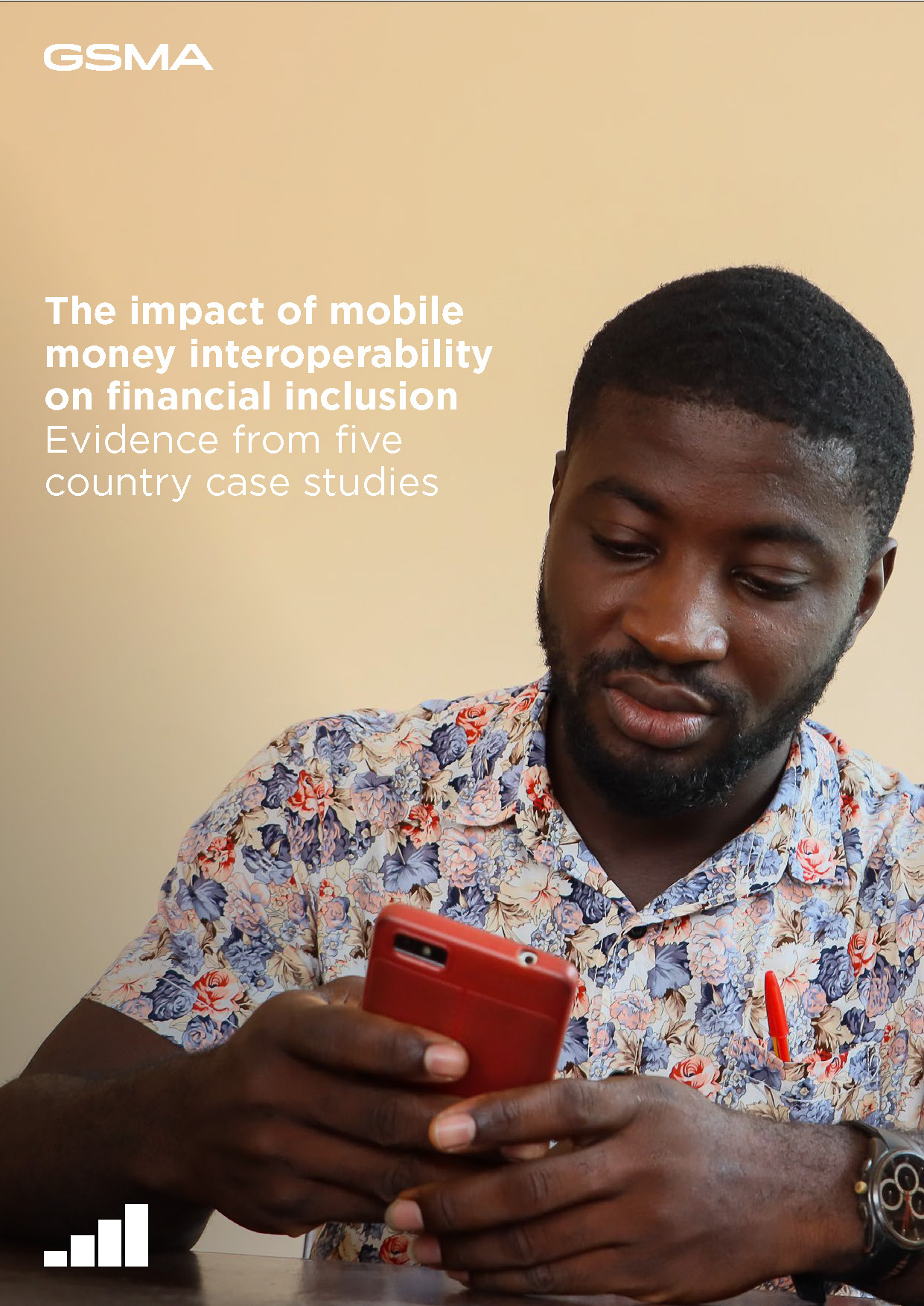Interoperability has taken on an increased focus in mobile money markets, as it now exists in around half of the 100 countries that have at least one mobile money service. Initially, mobile money interoperability was market-led but in recent years, governments have been more proactive in driving interoperability, in some cases imposing mandatory requirements. There has been a lot of literature setting out the different approaches to implementing interoperability for mobile money, but little evidence exists on its impact on outcomes such as financial inclusion.
This report assesses the impact of mobile money interoperability by considering the economic literature on interoperability more generally and utilising a case study approach in five mobile money countries: Ghana, Kenya, Malawi, Rwanda and Tanzania. In each market, we assess how mobile money adoption and usage evolved after different interoperability solutions took effect.


